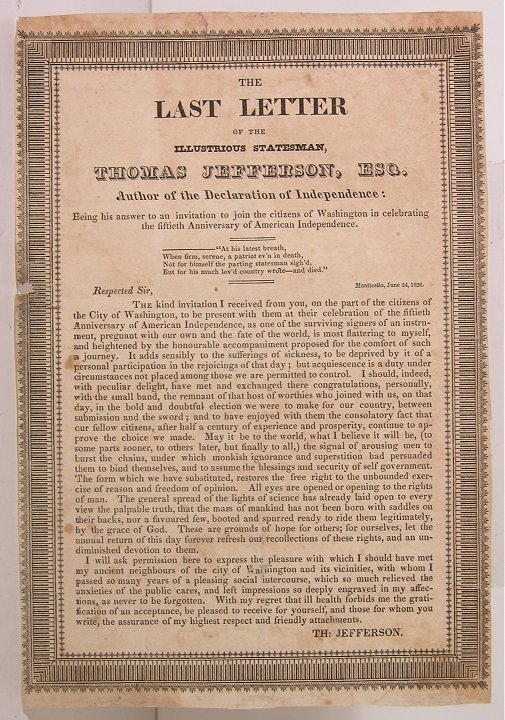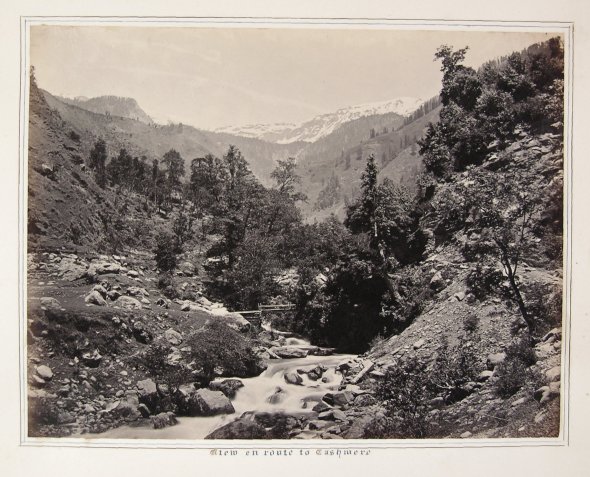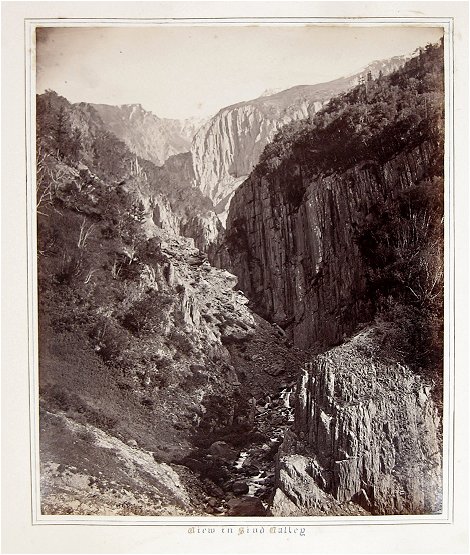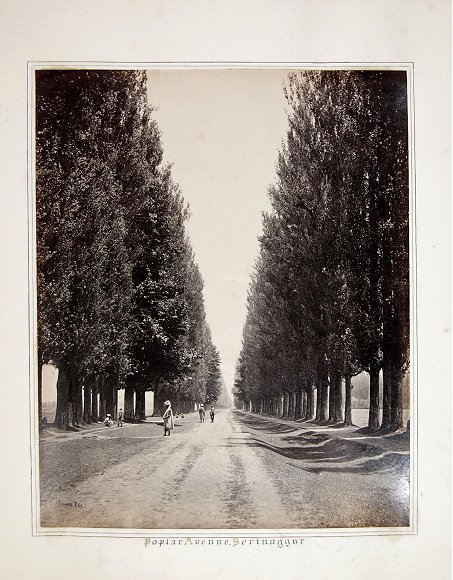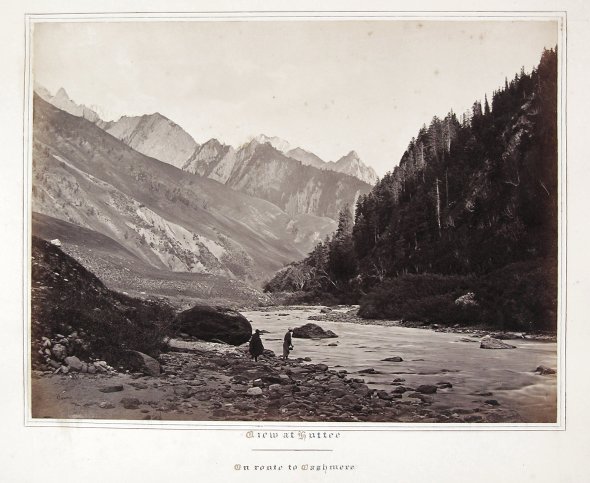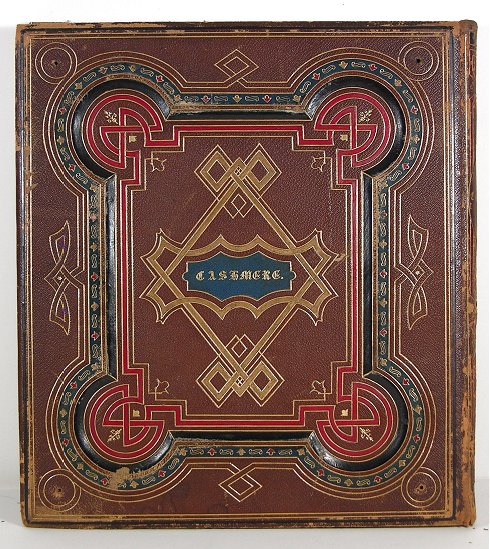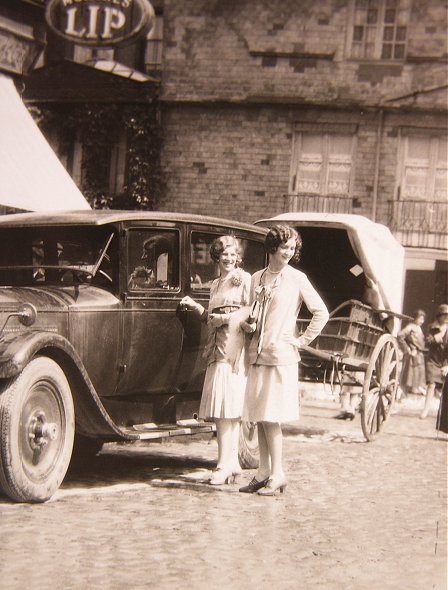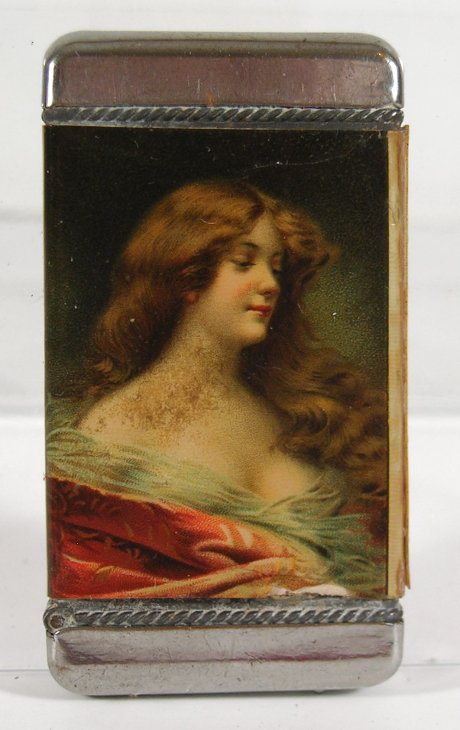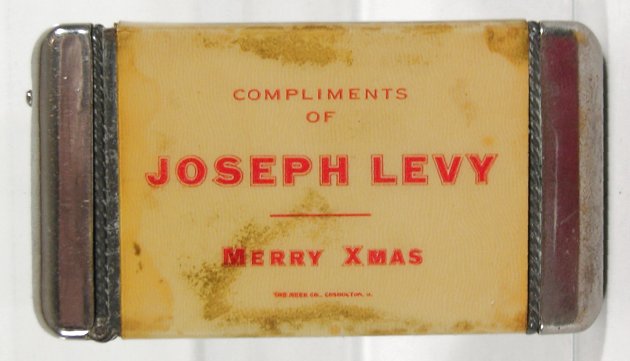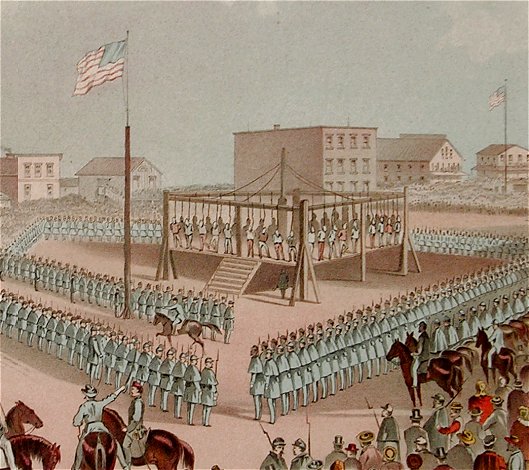Titled The Last Letter of the Illustrious Statesman Thomas Jefferson, Esq. / Author of the declaration of Independence: / Being His Answer to Join the Citizens of Washington in Celebrating the Fiftieth Anniversary of American Independence, the fascinating Broadside pictured above was published at the time of Jefferson’s death on July 4th, 1826. It features the text of the letter written by Jefferson, reluctantly declining an invitation to appear at the 50th Anniversary Celebration of America’s Independence, due to his poor health. In the letter, he fondly remembers those who gathered together at Philadelphia in 1776 to draft the monumental document declaring American independence and the right of all men to govern themselves. In a language that resonates to this very day, Jefferson articulates his belief that eventually, the citizens of all countries around the world will be inspired by our Declaration of Independence to demand self-rule and the freedoms that we so cherish in this great country.
The content of this historic letter is as relevant today as it was 184 years ago. The words of the great, though aged, statesman still fill one with both pride and a sense of moral responsibility to the values of freedom and self-government, articulated so well by our Founding Fathers!
On July 4th, 1826, the 50th anniversary of American Independence, two of the greatest of the Founding Fathers– Thomas Jefferson and John Adams– passed to their final rest. Like today, mindless and self-serving political differences in the United States caused one faction to lionize Jefferson and ignore the death of Adams while the opposition praised the life and work of Adams and made little mention of the “Sage of Monticello.” But long before, Jefferson and Adams had become personally close and exchanged regular correspondence. Both had come to realize that it was not political leanings that define a Patriot, but rather a commitment to freedom for all citizens and a respect for the views of those who honestly and thoughtfully disagree with one’s own opinion are the measure of a true American.
Follow